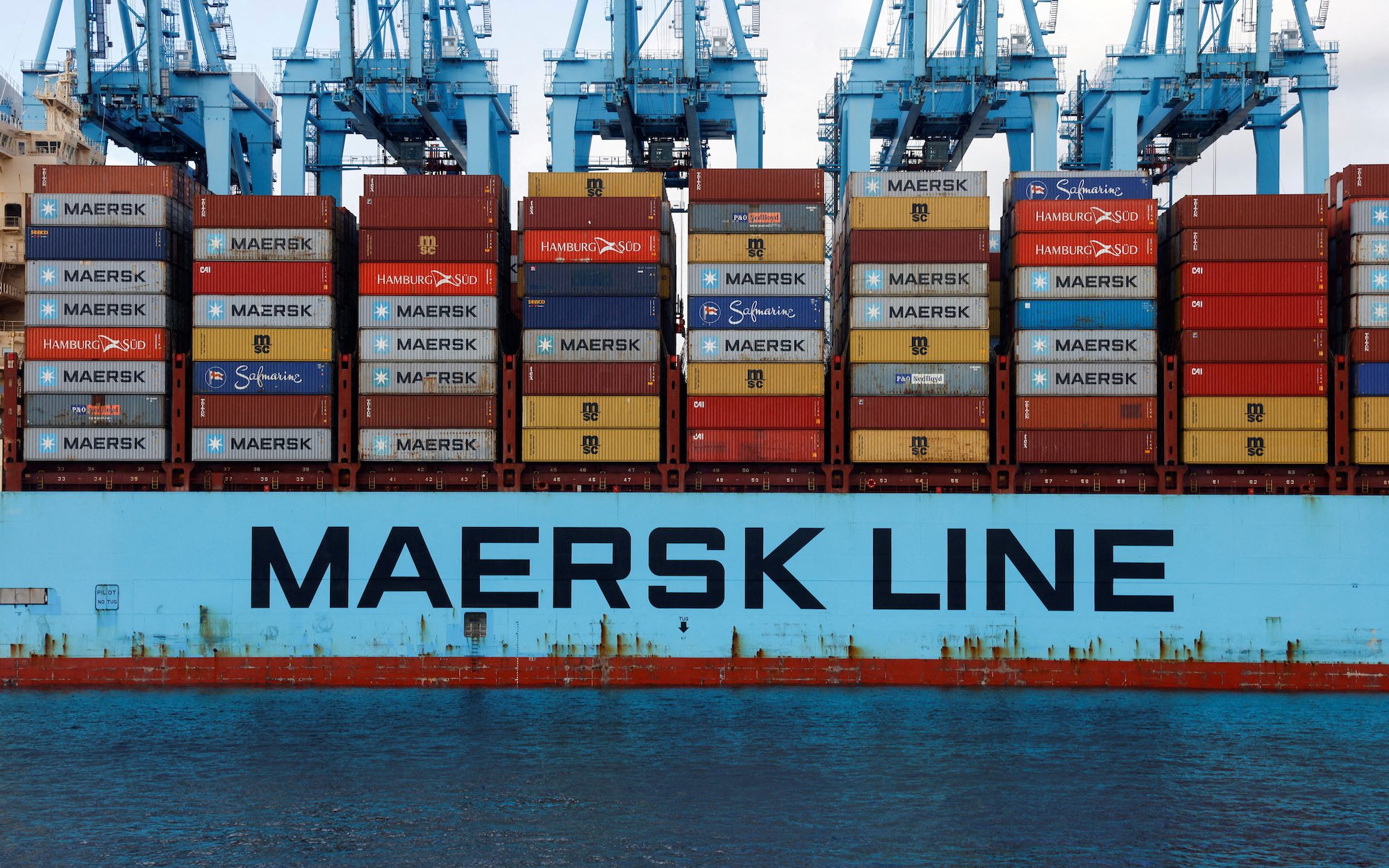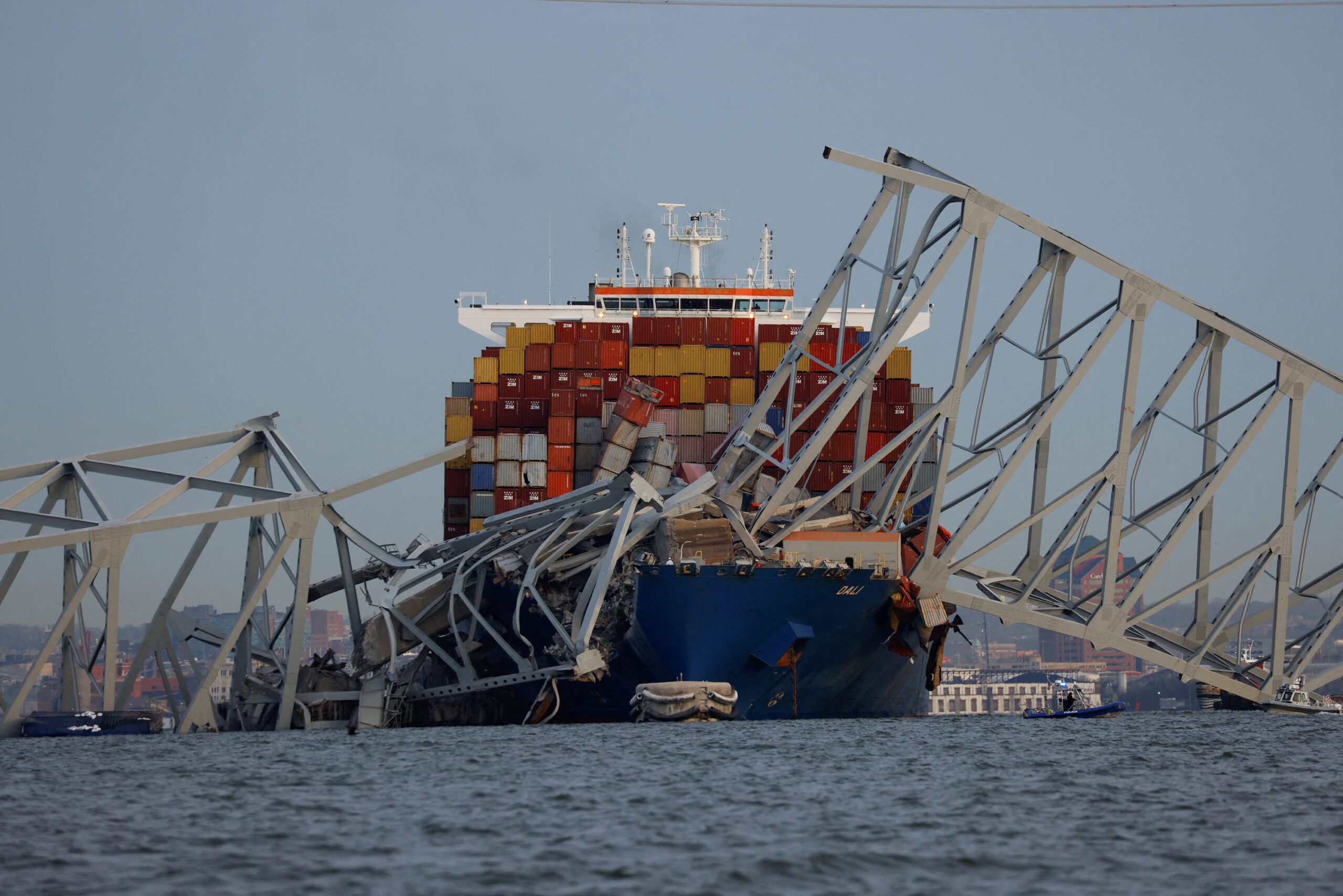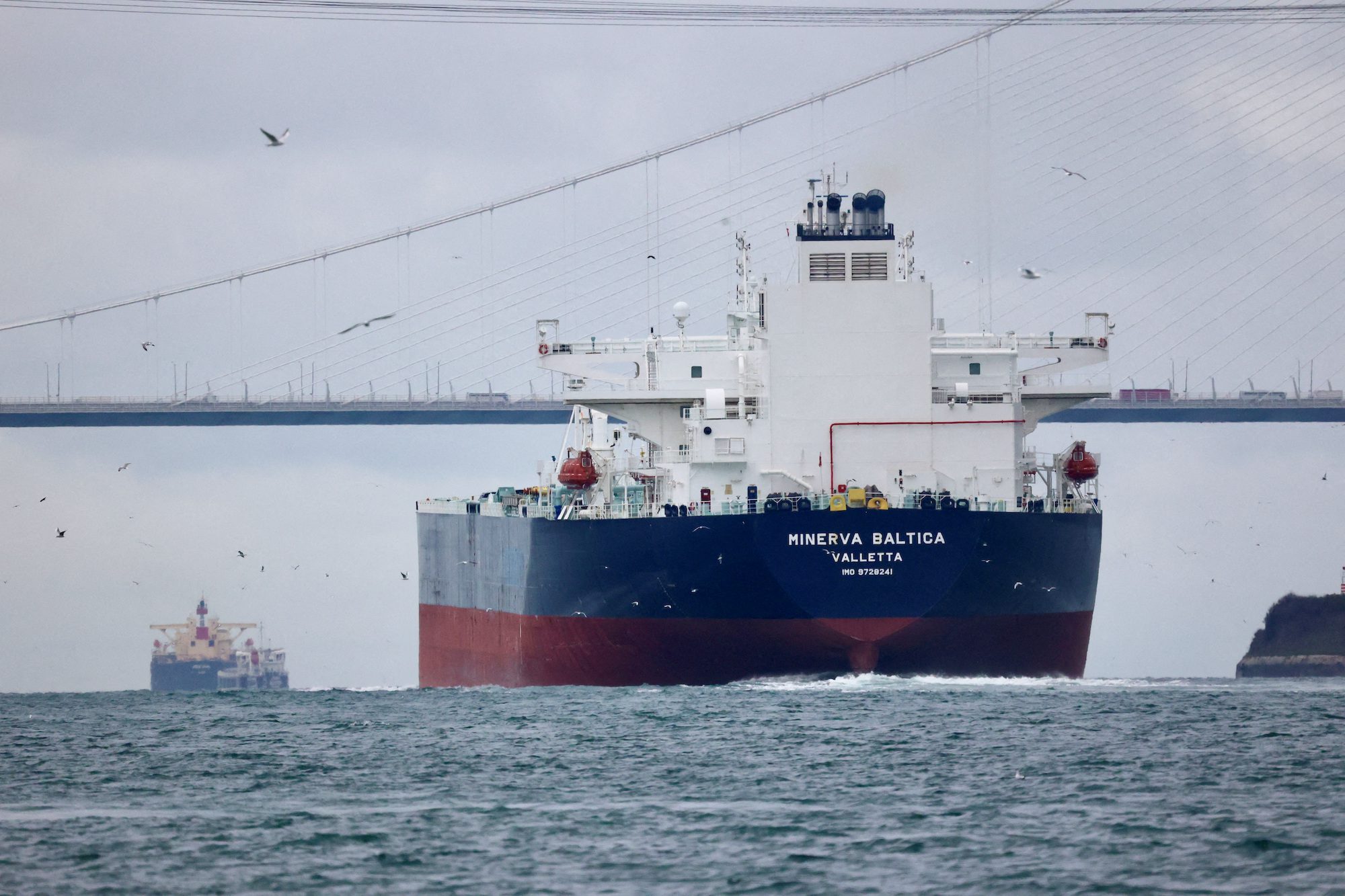The first upgraded Wärtsilä RT-flex68-D engine equipped with a Variable Turbine Geometry (VTG) turbocharger was successfully tested at Doosan Engine Co Ltd in South Korea. It is fully compliant with the International Maritime Organization’s (IMO) Tier II regulations.
The engine has a slimmer outline to better suit installation requirements for container ships. Moreover, the engine provides extended flexibility over a broader load range when equipped with a VTG turbocharger. The tested engine is the first of eight for installation in eight ships for a Chinese owner at a Chinese shipyard. The engine has a contracted maximum continuous power of 21,910 kW at 95 rpm.
The main objective in upgrading this particular engine has been to reduce the width of the engine to suit container ships with hulls having fine afterbody lines. This is achieved primarily by introducing a simplified supply unit and a new design for the scavenge air receiver, as well as RT-flex components. This offers also improved engine maintenance. The greater commonality of parts with other engine types reduces both component costs and the spares inventory. Components were also made more manufacturing-friendly. In implementing these modifications, there has been no compromise on safety and reliability.
First Wärtsilä low speed engine to be equipped with VTG
The RT-flex electronic control system, in combination with the VTG turbocharger, enables more efficient operation and a better brake specific fuel consumption (BSFC) over an extended load range. Thus, the engine complies with the latest IMO Tier II emission regulations, whilst having at the same time highly competitive fuel consumption.
“With this development, Wärtsilä is able to offer a technological solution for lowering emission levels from marine engines, whilst at the same time offering a cost effective product. This is in line with our efforts to enhance sustainable shipping, and we see great demand for it in the current market,” says Mr Anders Eklund, Director, Product Engineering in Product Centre 2-stroke, Wärtsilä Industrial Operations.
Incorporating the latest electronically-controlled common-rail technology for fuel injection and valve actuation, Wärtsilä RT-flex marine low-speed engines bring direct benefits to ship owners. The technology provides great flexibility in engine setting for lower fuel consumption, lower minimum running speeds, smokeless operation at all running speeds, and better control of other exhaust emissions.
The world’s merchant fleet represents almost 80 per cent of all the vessels ordered each year. Of these, 85 per cent will be powered by two-stroke engines. Wärtsilä low-speed two-stroke marine diesel engines offer high overall cost efficiency with direct drive of propellers. They represent the optimum in prime movers for the propulsion of all kinds of merchant vessels.
Courtesy Wärtsilä Corporation
Unlock Exclusive Insights Today!
Join the gCaptain Club for curated content, insider opinions, and vibrant community discussions.

 Join The Club
Join The Club












